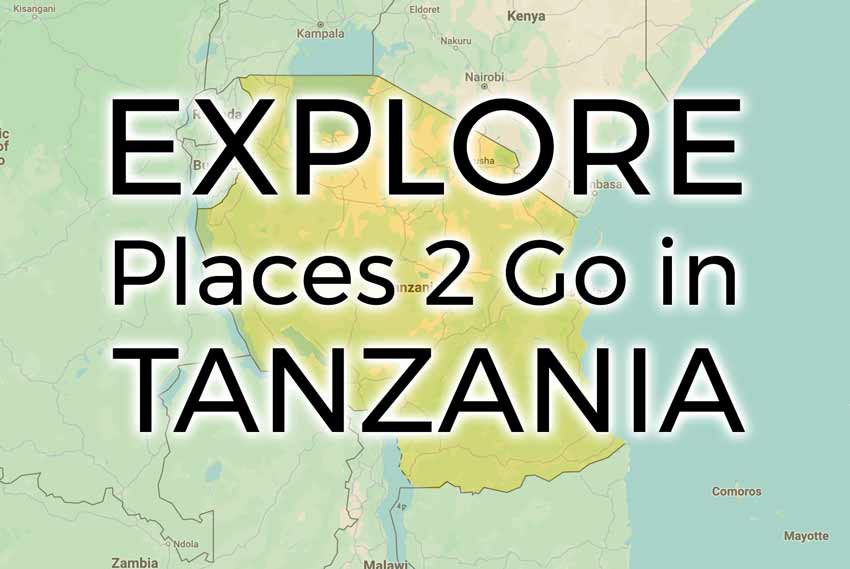Gombe National Park
Description: The smallest of Tanzania’s national parks, Gombe is a narrow strip of chimpanzee habitat on the shore of Lake Tanganyika. Its chimpanzees – habituated to human visitors – were made famous by the pioneering work of Jane Goodall’s studies. The matriarch, Fifi, the last surviving member of the original community, only three years old when Goodall first set foot in Gombe, is still regularly seen by visitors. Tracking the chimps is a fascinating experience.
It’s likely that you will observe them grooming each other in small groups, squabbling noisily, or bounding from tree to tree swinging on vines. Watching a mother chimp with her offspring is truly remarkable. Difficult to reach and relatively expensive, Gombe has few visitors each year.
Location: Just north of Kigoma, on the shore of Lake Tanganyika. Usually requires flight with Precision Air from Dar es Salaam (daily) or a shared charter flight from Arusha that flies on Tuesdays and Fridays only. A train (takes 2-3 days) from Dar might be possible.
Things 2 Do: Chimpanzee tracking, hiking, swimming/snorkeling, night walks
Time: Set aside at least 4 days (1 to get there, 1 to return and at least 2 nights actually in the park).
Animals: Chimpanzees, baboons, red-tailed and red colobus monkeys, more than 200 bird species.
Accommodations
$
TANAPA bandas
$$$
Kigoma Hilltop
“The trip organization by A2T was just wonderful. The safari expercience was fantastic. Our guide Said is a great guy, very professional and experienced.
We want to thank a lot Access2Tanzania team, specially Casey and Said, who made the experience even better. Thank A2T for all the attention and suggestions.
Ngorongoro/Manyara/Nudtu/Serengeti were absolutely great! The tips regarding money exchange, tipping, clothes, schedules etc. were also very accurate. Said exceeded our expectations. He was very patient and careful with Pedro (our 3yr old son), who liked him a lot, too.”


